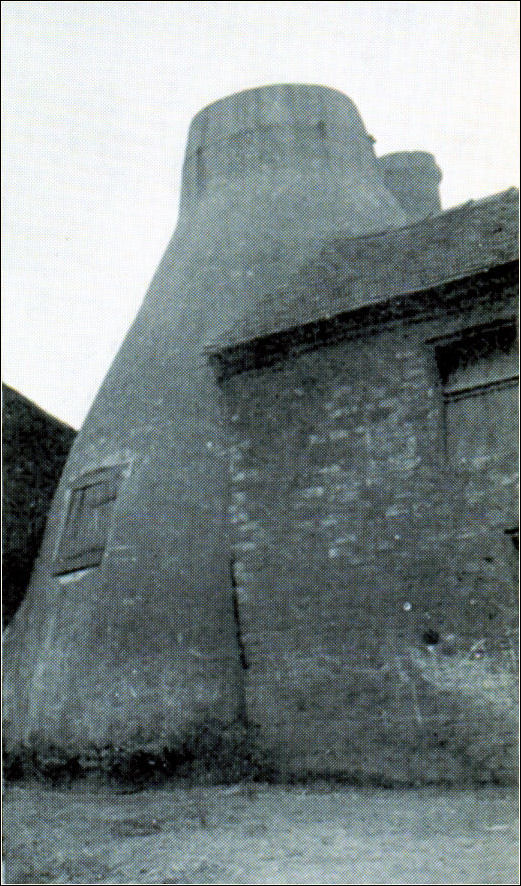![]()
|
|
|
|
|
Stoke-on-Trent - Potworks of the week |
Church Yard Works, Burslem
|
"The Churchyard Works, at the house adjoining which Josiah Wedgwood was born and where he was apprenticed to his brother Thomas, formed the north-east boundary of the Churchyard of the old church at Burslem.
The pot-works were then held by various tenants and, until about 1858, were let off in small holdings to different potters. About that period, Jesse Bridgwood of Tunstall became the tenant of the premises as a general earthenware manufacturer, and was soon afterwards joined in partnership by Edward Clarke, whose practical experience greatly increased the reputation of the works. The firm, having taken a lease of the premises, remodelled many of the buildings, erected others, and greatly improved the whole place by bringing to bear many improvements in body unknown to, and unthought of by their predecessors.
The manufactory was afterwards again carried on by Mr. Clarke in partnership with Josiah Wood under the style of Wood & Clarke during the period 1871-2. The productions of the Churchyard Works, while carried on by Mr. Clarke, were opaque porcelain or 'white granite' for the American market; ordinary earthenware in the usual services; artists' goods (palettes, tiles, slabs, saucers, etc.); and door furniture. The impressed mark was "Bridgwood & Clarke', and the printed mark a royal arms, with the words "Porcelain Opaque, B & C, Burslem.'
Mr. Withinshaw's connection with the Churchyard Works ceased in 1878, when he was succeeded by Francis Joseph Emery, who continued the manufactory until 1880, when it again reverted to Edward Clarke who, having relinquished his large works at Tunstall, removed hither and continued the production of the white granite ware for the American markets, in addition to this white granite, which was produced in large quantities and of the very highest quality of body, Mr. Clarke made a distinct class of fine white earthenware called "Royal Semi-Porcelain", which was specially adapted for retail trade in the United States. These goods are of a vitreous body, and in colour and richness of glazing strongly resemble French china; they have a fine and effective appearance with enamel decorations. In addition to these, Mr. Clarke produced ordinary earthenware services and the usual classes of articles of various degrees of decoration in printing, underglaze painting, and gilding. In 1887, Messrs. A. J. Wilkinson took the Churchyard Works from Edward Clarke, and continued into the twentieth century. This firm subsequently worked the Royal Staffordshire Pottery, Burslem." Jewitt's Ceramic Art of Great Britain 1800-1900 |

St. John's Passage, Church Yard Works, Burslem
photo: 1930 - Mr S Smith
The Warrillow Collection
Said to be part of
Wedgwood's Church Yard Works, Burslem
Alterations in the surrounding buildings around 1930 revealed an old chert
stone
(used for grinding) and a brick bearing the date 1760
|
- click picture for more on St. John's Church - The small pottery site occupied and worked by the Wedgwood family from 1656, when Josiah Wedgwood I's great-grandfather first took possession of it. Josiah was born and served his apprenticeship there. The site derives its name from the nearby Church of St John's, where Wedgwood himself was baptised on 12th July 1730.
"The Churchyard
Works.... formed the north-east boundary of the |